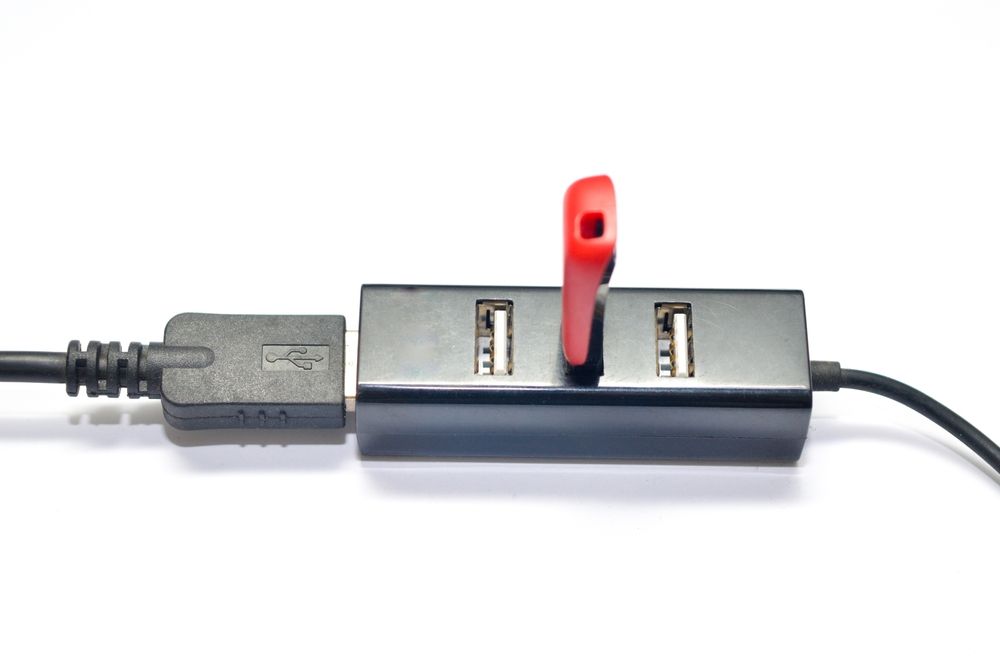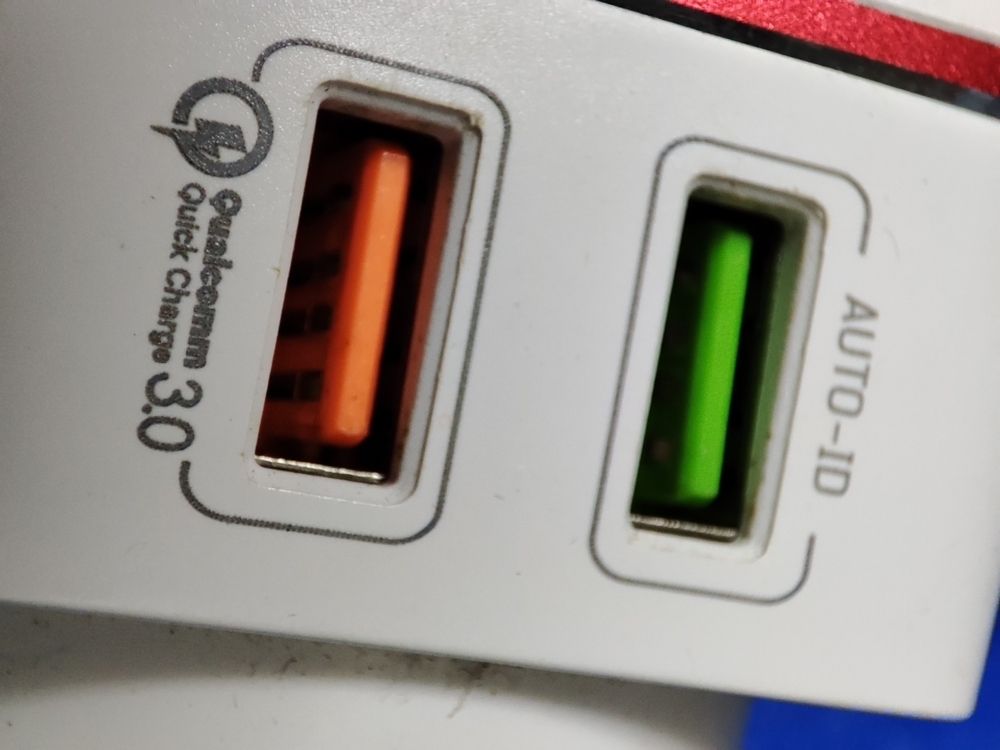You may have noticed that the USB port on your desktop or laptop PC come in a variety of colors. You almost certainly have a black and a few blue ones, but the spectrum of colors (and their meanings) is wider than that.
The Basics of USB Technology
The USB or Universal Serial Bus connection standard has been in our computers since the late 90s, and has gone through several versions and revisions over the decades. These days, this is virtually the only type of connection you’ll find on a modern computer, whereas before USB there were dedicated ports used for printers, mice, and external hard drives with different standards and protocols.
USB has greatly simplified things, and has only become faster and faster over time. In theory you can plug a USB device from today into the ports of one of the earliest versions of the standard, and things should just work. Likewise, if you take an old USB device from the 90s and plug it into a modern computer, it should still work, assuming that there are drivers for it!
Because there are so many iterations of USB, and the most common USB-A port looks identical on the outside, regardless of the speed and capabilities of the silicon underneath, USB ports employ a color coding system that can give you a crude idea of what you’re working with at a glance.
Standard USB Port Colors and Their Meanings
I’m going to group the USB port colors into the standard common ones that you’re most likely to actually encounter, and then discuss the more exotic ones.
Except for USB 3.0, color-coded ports are not actually part of the USB standard. Which means that these color codings are more a convention than anything else, and anyone can break those conventions. So consider what you read here a rough guideline, since you can and will run into ports that don’t conform, or have some totally different color.
White USB ports: These usually signify USB 1.x which has a maximum speed of 12Mbps. You are highly unlikely to run into these old ports today, and even if you do, there’s little you can do with one other than connect a mouse or keyboard to it, or transfer data at an utter snail’s pace. My first ever USB 1.1 64MB flash drive took over a minute to fill up, so that gives you an idea of how much speed we’re talking here.
Black USB ports: These usually signify USB 2.0, with a maximum speed speed of 480Mbps. You’ll find at least one USB 2.0 port on most modern computers, and there are several good reasons for this. Despite being quite slow these ports are great for peripherals like keyboards and mice, but also USB audio devices. They are highly-compatible with USB 1.1 and devices that might have stability issues with some implementations of newer USB standards.
Blue USB ports: These are the ports you probably see the most, and they always signify USB 3.0. This means speeds of up to 5Gbps, and that’s good for just about everything you’d want to use USB for these days, with only external SSDs really taking advantage of faster speeds.
Teal USB ports: These ports signify USB 3.1 and are blue-green, but can be mistaken for standard blue ports. The speed on offer here is up to 10Gbps, making them perfect for using lots of devices through one port, or high-bandwidth applications like external SSDs or high-resolution display adapters.
Special USB Port Colors and Their Functions
Apart from the common port colors, there are a few that are either rare or proprietary. You’re not that likely to run into these, but if you do these are the likely meanings.
Red or Yellow USB ports: These ports are high-current or sleep-and-charge ports. In other words, you can plug your smartphone into these ports, and it will charge more quickly than a standard USB port, and likely keep providing power even when the computer in question is sleeping. Some red ports are just USB 3.2 ports.
Orange USB Ports: These are so-called “high-retention” ports that are designed to require more friction to remove the USB plug. They are typically used in industrial settings, where there’s a chance that vibration may make a normal USB plug pop out of the port.
Green USB ports: This is usually a Qualcomm Quick Charge port, a proprietary charging standard that some devices support, but is not part of the USB standard.
Purple USB ports: This is usually a proprietary Huawei SuperCharge port, but can also just be a regular USB 3.1 port.
How to Choose the Right USB Port
As I said before, these colors are really mostly just used by convention, so the only way to really know what you’re plugging into is to read the specs for the device online or on its box. Don’t be too worried about plugging the right thing in. As long as it’s not a white or back port, you’re likely getting more than enough speed. If you need power for fast charging, well plug it in anyway and see what the charging speed is.
The only time this is really an issue is when you have multiple devices to plug in and have to decide which go where. You’d plug a mouse into a black port instead of wasting a high-speed port on one, and you’d rather plug devices with high power demands into fast-charging ports than standard USB ports. Apart from that, USB is largely foolproof, so plug away!






